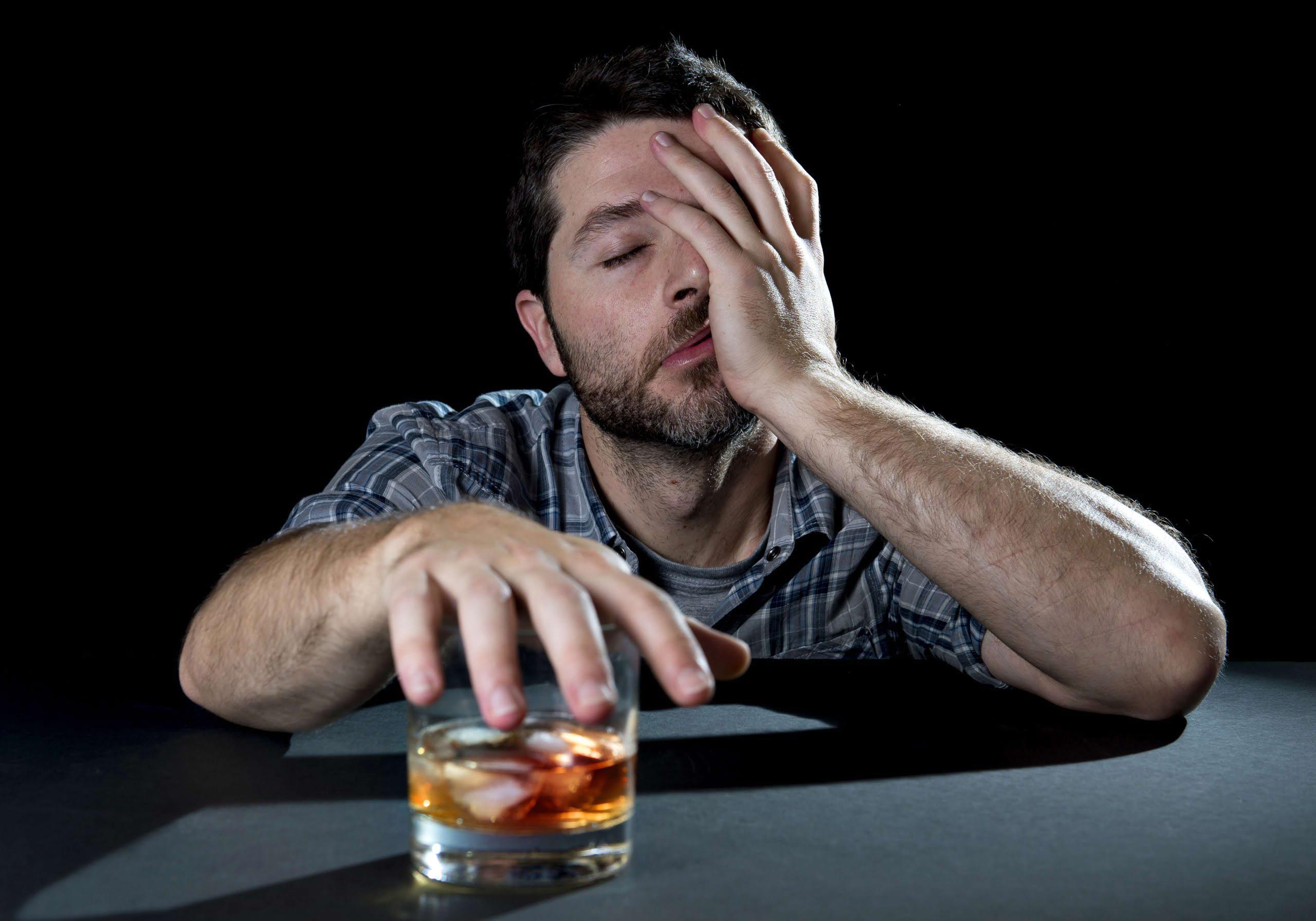Alcohol use disorder can look different in each person, but there are some symptoms you can watch out for. Following detox, you may be encouraged to transition into either an inpatient or outpatient rehabilitation program for longer-term recovery work. Explore Mayo Clinic studies testing new treatments, interventions and tests as a means to prevent, detect, treat or manage this condition. The exact mechanism that causes people to misuse alcohol is unclear. As you recover from AUD, you may find it helpful to see a psychotherapist who uses cognitive behavioral therapy (CBT) techniques.
- Following diagnosis, a healthcare professional will work with a person to determine the best course of treatment.
- People experiencing mild to moderate alcohol withdrawal symptoms often receive outpatient care—meaning there is no extended time spent in a hospital or facility.
- People with severe or moderate alcohol use disorder who suddenly stop drinking could develop delirium tremens (DT).
- These changes increase the pleasurable feelings you get when you drink alcohol.
What is considered 1 drink?
Another complication is alcohol withdrawal syndrome, which may occur after you stop drinking and can cause symptoms such as nausea, shaking, and sweating. It can also lead to serious symptoms like seizures, fever, or hallucinations, and can be a medical https://www.traveltorussiaidea.com/ActiveRestInRussia/ emergency. However, since alcohol affects people in different ways, recognizing AUD in yourself or in others can be subjective and challenging. Read on to learn more about the symptoms, risk factors, treatments, diagnosis, and where to get support.

Environment & Childhood Experience
This article discusses the causes, common symptoms, and different stages of alcohol withdrawal. It also discusses various treatment options for alcohol withdrawal and how you can get help. https://rufact.org/blog/2011/dec/31/samyie-ochevidnyie-otkryitiya-2011/ For instance, the brains of people with bipolar disorder may be more sensitive to disruptions in communications that alcohol can cause, and slower to recover from those impacts.

Postpartum Depression
Symptoms are often at their worst around 24 to 72 hours after you stop drinking. When a person drinks heavily, frequently, or for prolonged periods of time, their brain compensates for alcohol’s depressant effects by releasing more stimulating chemicals (compared to when a person does not drink). As with other types of chronic mental illness, there are usually several factors involved in the development of depression. A family history of depression, for example, may be combined with a history of past trauma or the breakup of a marriage to make an individual more vulnerable to depression.

Early signs include fatigue, muscle weakness, itchy skin, and abdominal pain, which can eventually lead to jaundice (yellowing of the skin) and dark urine, among others. If untreated, this condition can lead to liver failure—in which the organ stops being able to complete its functions. If you’re considering quitting alcohol, there are many benefits to consulting your healthcare professional https://master-stroy.com/interesting/page/3 about how to do so safely. They may also recommend medication that can help ease withdrawal symptoms. A study involving almost 1,000 people found that Black and Latino people and other ethnic groups were less likely than White people to get “quality” alcohol screenings. These screenings are when health care professionals ask people not only if they drink, but also how much they drink.
- The exact timeline for alcohol withdrawal varies from person to person.
- Most programs involve therapy, support groups, education, and other activities.
- Over time, this damage can lead to inflammation, scarring and ultimately liver failure.
- Studies show most people can reduce how much they drink or stop drinking entirely.
Health professionals sometimes prescribe medications to reduce the symptoms of withdrawal. Other medications can help you quit drinking by suppressing alcohol cravings or making you feel sick when alcohol enters your body. In addition, AUD is an addiction disorder, which means you may have a difficult time stopping alcohol consumption, even when you want to. The definition of AUD also includes the impact that such drinking has on your health and life. Health care professionals use criteria from the Diagnostic and Statistical Manual of Mental Disorders, Fifth Edition (DSM-5), to assess whether a person has AUD and to determine the severity, if the disorder is present. Severity is based on the number of criteria a person meets based on their symptoms—mild (2–3 criteria), moderate (4–5 criteria), or severe (6 or more criteria).

People who are addicted to alcohol may also show a deteriorating physical appearance from poor nutrition and personal neglect. Heavy drinking in and of itself doesn’t make someone an alcoholic. In fact, an estimated 40 million adults in America drinktoo much, and most — 90 percent — are not alcoholics. In other instances, they may spend time recovering from excess drinking.
- You’ll likely begin to feel better between five to seven days after you stop drinking, though some symptoms—like changes in sleep patterns, fatigue, and mood swings—can last for weeks or months.
- Realizing you may have an issue is the first step toward getting better, so don’t hesitate to talk to a healthcare provider.
- “Alcohol affects the body’s ability to regulate temperature, which can lead to increased occurrences of these uncomfortable symptoms,” Christy adds.
- All of them completed measures of mood symptoms, life functioning, alcohol use and more every 2 months throughout their involvement in the study.
- Participation in support groups may help people develop strategies to deal with the urge to drink alcohol.
Ruling Out Other Conditions

Our alcohol tolerance dips in perimenopause thanks to hormonal shifts, causing our liver to become more sluggish, so it can’t metabolise or detox alcohol as efficiently. Dehydration symptoms vary depending on someone’s age, according to the Cleveland Clinic and Mayo Clinic. However, the nausea is not directly related to dehydration and usually occurs due to other symptoms. Dehydration can also be worsened by pre-existing conditions that lead to loss of fluids, such as diabetes causing frequent urination.
